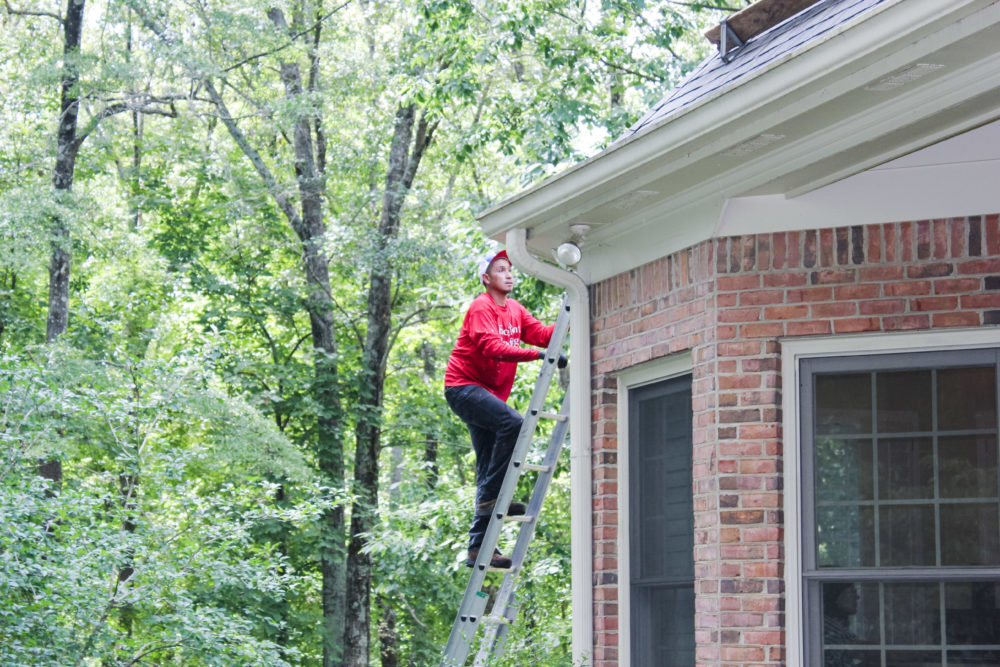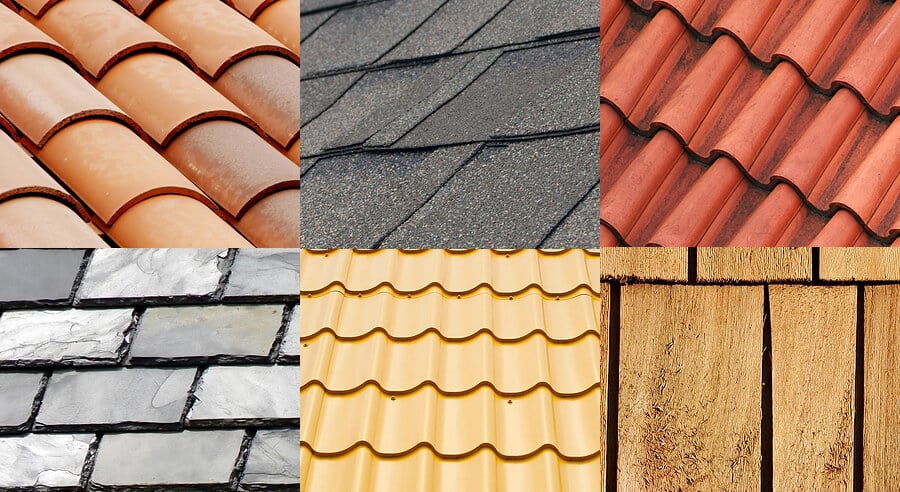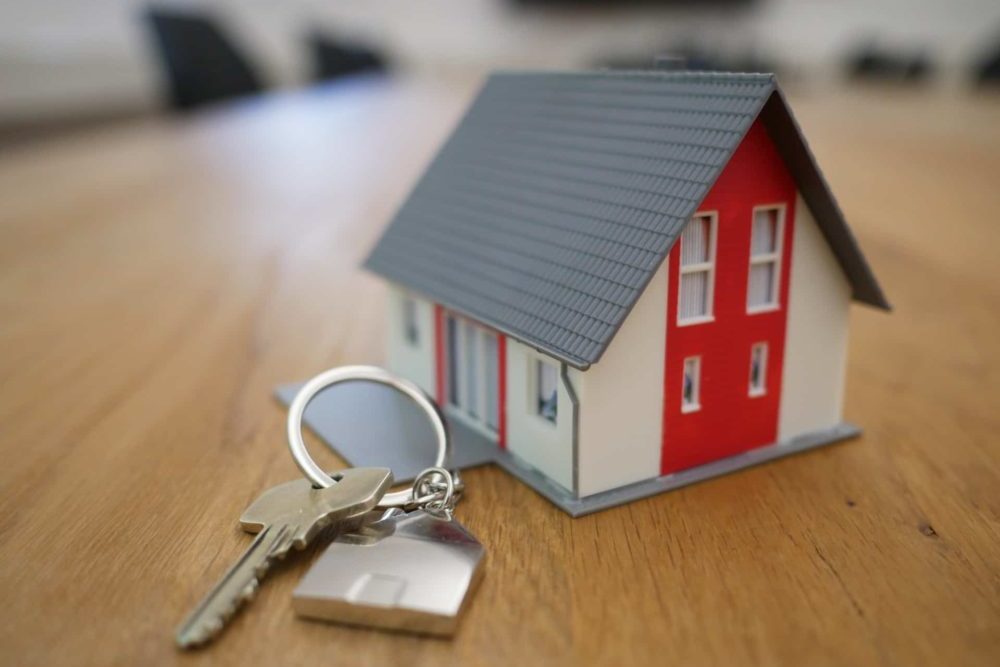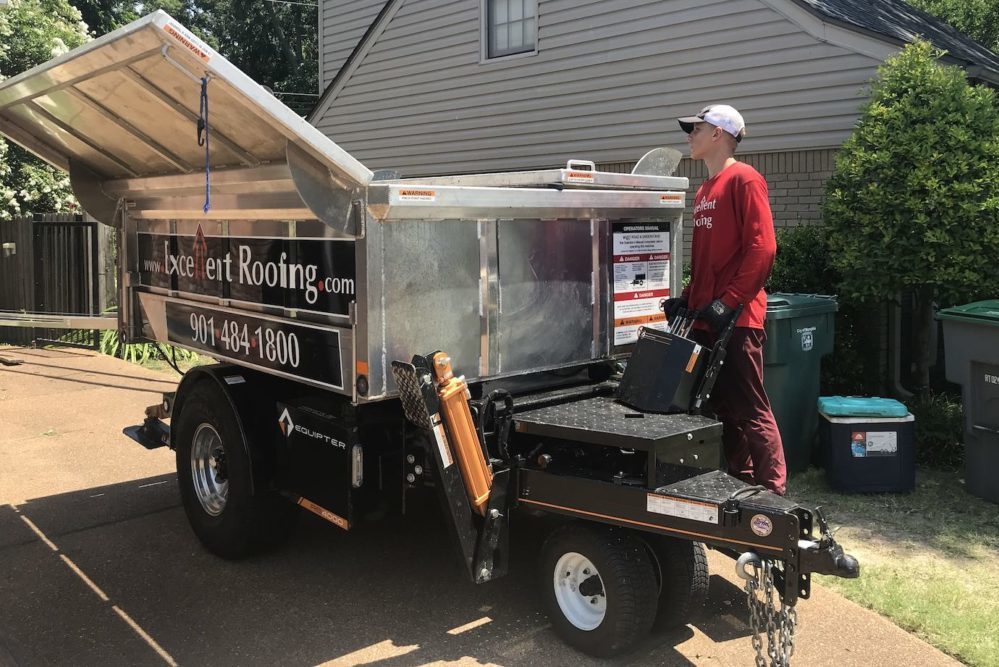Life throws us all kinds of surprises. Finding a $20 bill in your winter coat? Good. Finding out your roof decking needs immediate repairs? Not good.
The trouble with roofs is that issues aren’t clearly seen from the front lawn. Sometimes a professional roofer or inspector has to get up on your roof – or even remove some of the shingles and asphalt – before they can fully understand the extent of the damage.
Like most home projects, roof decking repairs and replacements go best when you prepare for the worst and expect the best. Here are some key things to consider when it comes to the possible repair or replacement of your roofing decking and what to expect in the inspection and repair process.
Common Issues Found with Roof Decking
Your licensed roofing contractor should do an inspection before they provide an estimate. But even a good inspector can’t predict every issue. Once your roofing team pulls off the shingles or tiles under your roof, there’s a chance they might find damaged underlayment, like one of the following conditions.
Rotten decking
The number one issue roofers uncover during a tear-off is rotten or soft roof decking. Decking is the plywood sheathing that sits below your roof’s shingles. It doesn’t always get replaced in every roofing project. In fact, if the decking seems to be in good shape, an honest roofer will usually leave it alone. However, if the decking is rotting or is soft when they tear off your home’s shingles, they will need to replace it with new sheathing before adding the roof on top of that.
Poor Decking materials
If the roofer finds that the decking is springy or bouncy, they’ll also recommend new sheathing. Modern decking is made from half-inch-thick plywood or OSB panels. But at one time, some local building departments required much thinner materials. This plywood is now considered inadequate, so a good roofer will usually recommend that you replace it.
Should My Roof Decking Be Repaired or Replaced?
Minor Damage
If your repair is confined to an isolated area of your roof, then replacing the damaged material can be relatively simple and inexpensive. Damaged, torn, or missing shingles, for example, can usually be replaced with new ones fairly easily. Other roofing materials may be more difficult or costly to replace, such as metal panels.
One downside to this approach is in matching roofing materials to blend in the repaired with the rest of the roof. If you have spare shingles leftover from a previous roofing job, the colors may be close but may not match exactly due to the existing roof’s exposure to the outdoor elements.
Another option is to ask your roofing contractor to order shingles that correspond to the existing color as much as possible.
Moderate Damage
If the damage to your roof is more significant, a partial roof replacement may be an option, and it’s likely to cost less than a complete roof replacement.
Again, one downside to a partial roof replacement is curb appeal. It will be difficult to match the color of the new roofing materials with the existing ones.
Benefits of a New Roof
While generally more expensive up front, a new roof may save money in the long run by avoiding the added-up costs of multiple repairs or additional damage. There may also be options to submit an insurance claim to pay for the replacement.
Additionally, a new roof offers the following perks:
- Aesthetics and curb appeal: Your roof is a large portion of your home’s outward appearance. Not only does a new roof look great, but it also gives you an opportunity to choose a new color or style of shingle.
- Energy efficiency: Today’s roofing materials have improved greatly in regard to keeping out the elements and reflecting sunlight.
- Safety and Security: Knowing that the people and things you value most are protected from the elements while under your roof will reduce your stress during severe weather.
Avoid Roof Decking Problems By Having Your Roof Inspected Regularly
The National Roofing Contractors Association recommends that you have your roof inspected twice a year—once in the fall, after the summer months have passed, and once in the spring, after the ice and snow has melted. You should also have your roof inspected after a big storm or other severe weather events.
The inspector will climb on top of your roof, from there, they’ll be better able to see any issues that need correcting. An inspector can point out the smallest issues to ones that may have grave consequences—everything from cracked shingles to mold. In most cases, a roof repair is much more affordable than a complete roof replacement, so it is always in your best interest to be proactive with the health of your roof
Other Problems Commonly Uncovered by Roofing Inspectors
Occasionally, a roof inspector will find a bigger issue, one that demands a major repair. In most cases, homeowners don’t realize there is a problem until their roof leaks, or they find shingles blown off in your yard. Here are the most common larger issues found during roofing inspections.
- Storm damage. While you’ll probably notice if a branch or other debris piles onto your roof, hail damage can be much more insidious. Your roof shingles are probably rated to protect your roof from the worst hail damage—but small hailstones can still cause problems. Tiny holes in your roof can expose to your roof decking to rain and other moisture, which will cause mold, rot, and leaks. An inspector will notice hail damage right away, so you can get your insurance on the case to repair or replace your roof. That’s why it’s so important to have an inspector visit after a big storm. A claim that’s filed too long after the initial weather event may not be covered by insurance.
- Drainage issues. Another issue you might not be able to detect from below is whether your roof’s drainage system is working properly. A blocked drainage system or roof decking that is sagging can result in ponding water on your roof’s surface, which an inspector can see when they get up on your roof. That’s a good thing since pooling or ponding water can result in eventual leaks or even roof collapse.
Don’t Wait to Find Out If You Need a Roof Repair
The cost to fix these issues depends largely on the scope of the damage. However, an average roofing repair costs a lot less than a total replacement. When it comes to extending your roof decking’s lifespan, seeking out and fixing problems early is the best way to go.
If you want a professional roofing contractor to inspect your roof and work with your insurance company on your behalf schedule an estimate with Excellent Roofing online or call us.




